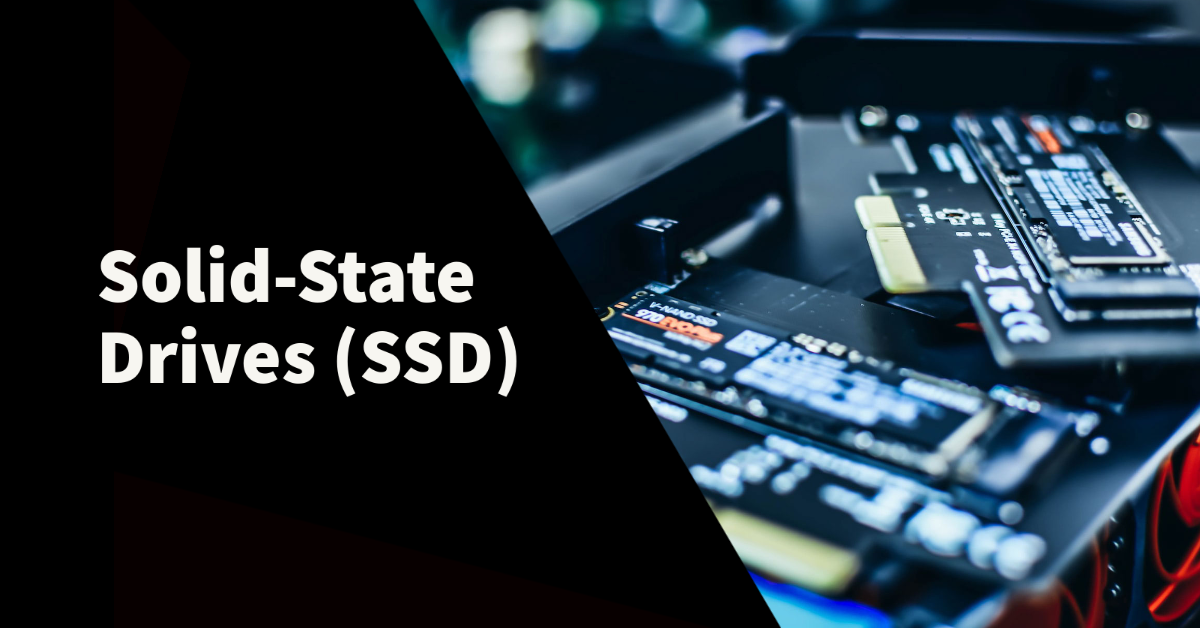10 Fascinating Facts About Solid State Drives You Probably Didn’t Know

Solid State Drives (SSDs) are faster, more durable, and more energy efficient than traditional hard drives (HDDs). They use various technologies to store data and come in different form factors to fit a variety of devices. SSDs have a limited number of write cycles, but this is not a major concern for most users.
They are widely used in high-performance devices and can be used to boost the performance of older computers. The price of SSDs has decreased over time, making them more accessible to consumers. They can be used to store both the operating system and user data, or just the operating system with a separate HDD for user data.
Interesting facts about SSDs
Faster Data Access and Transfer Speeds
SSDs are faster than traditional hard drives (HDDs) because they have no moving parts. This means that they can access and transfer data much faster, which can significantly improve the performance of a computer or other device.
Lower Power Consumption and Heat Generation
SSDs use less power than HDDs, which makes them a good choice for laptops and other devices that rely on batteries. They can also generate less heat, which can be beneficial in certain situations.
Increased Durability
SSDs are more durable than HDDs because they have no moving parts. This means they are less likely to fail due to mechanical issues and are less susceptible to damage from shocks and vibrations.
Various Form Factors
SSDs come in various form factors, including 2.5-inch drives that are designed to fit in laptop computers and 3.5-inch drives that are designed for desktop computers.
Different Technologies for Storing Data
SSDs use a variety of technologies, including NAND flash memory and 3D XPoint memory, to store data. NAND flash memory is the most common type of memory used in SSDs, and it is organized into cells that can store bits of data. 3D XPoint memory is a newer type of memory that is faster and more durable than NAND flash memory.
Limited Number of Write Cycles
SSDs have a limited number of write cycles, which means they can only be written to a certain number of times before they start to wear out. However, this is not a major concern for most users, as SSDs can typically be written to hundreds of thousands or even millions of times before they reach their limits.
More Affordable Prices
The price of SSDs has come down significantly in recent years, making them more affordable for consumers. As a result, SSDs are now widely used in laptops, desktop computers, and other devices.
Boosting the Performance of Older Computers
SSDs can be used to boost the performance of an older computer by replacing the slower HDD with an SSD. This can significantly improve the speed of the computer and make it feel like a newer, faster machine.
Widely Used in High-Performance Devices
SSDs are often used in devices that require fast data access, such as servers and gaming computers. They are also used in devices that require high levels of durability, such as rugged laptops and military-grade devices.
Storing the Operating System and User Data
SSDs can be used to store both the operating system and user data, or they can be used to store just the operating system and have a separate HDD for storing user data. This can be a good way to take advantage of the speed of an SSD while still having plenty of storage space for all of your files.
Conclusion
In conclusion, SSDs are a popular choice for storing data due to their fast data access and transfer speeds, low power consumption, and heat generation, and increased durability compared to traditional HDDs. They are available in various form factors and use different technologies to store data. Although they have a limited number of write cycles, this is not a major concern for most users.
The price of SSDs has decreased over time, making them more accessible to consumers. They are widely used in high-performance devices and can be used to boost the performance of older computers. SSDs can be used to store both the operating system and user data, or just the operating system with a separate HDD for user data.





